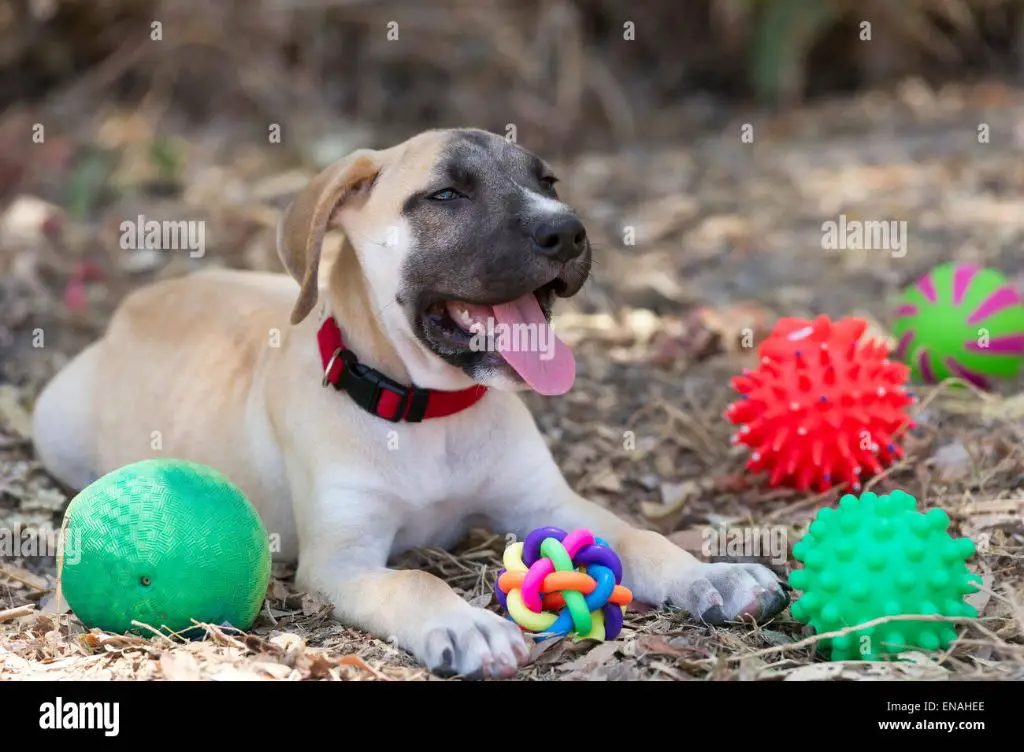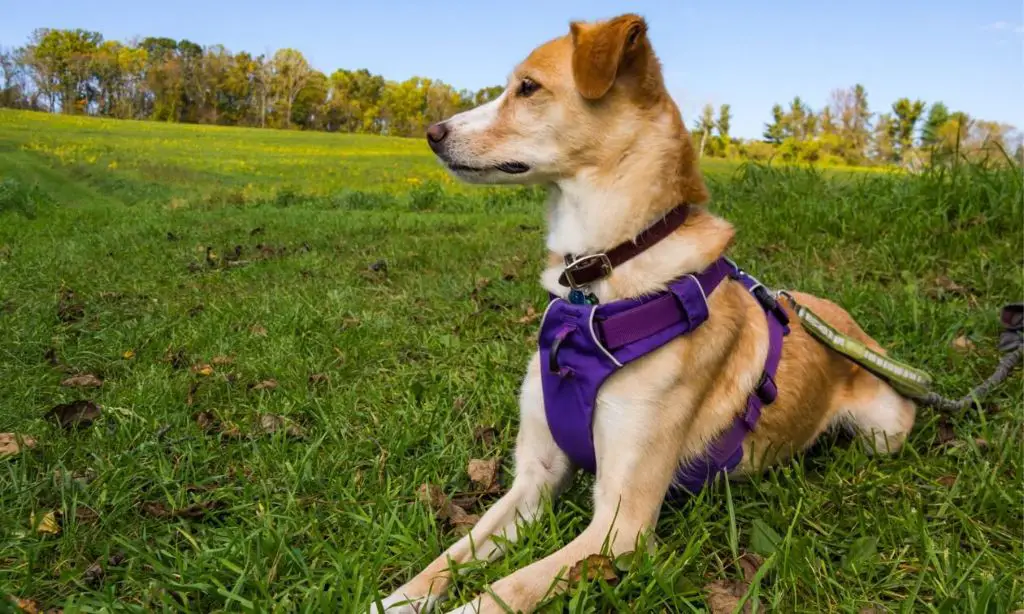Is It Okay to Keep a Dog’s Collar On At All Times?
For many dog owners, collars are an indispensable part of owning a dog. Not only do they allow you to attach identification tags and leashes, but they can also look fashionable and stylish. However, some people wonder if it’s safe or healthy to have your dog wear a collar all the time.
This is an important question, as leaving collars on dogs 24/7 may pose some risks. On the other hand, taking collars on and off frequently can also be inconvenient and lead to lost tags and identification. Striking the right balance is key to keeping your dog comfortable while also keeping them safe.
In this article, we’ll dive into the pros and cons of leaving dog collars on all the time versus taking them off periodically. We’ll discuss factors like the risk of injury, skin irritation, training considerations, and more. You’ll also learn some best practices for maximizing collar safety and tips for training your dog without a collar. By the end, you’ll have a better understanding of when it’s appropriate to remove your dog’s collar and how to choose the optimal collar for your pet.
Pros of Leaving Collars On
One of the main pros of leaving a collar on a dog is that it provides identification. The tags on the collar will have important information such as the dog’s name, owner’s contact info, and even medical info or microchip details. This makes it much easier to identify and return a lost dog to its owner. Additionally, the collar provides an easy way to grab and control the dog in certain situations, like at the vet’s office.
Dogs can also get used to wearing a collar. For some dogs, putting a collar on and taking it off constantly may be more uncomfortable than leaving it on. When a dog wears a collar consistently, it becomes a familiar feeling for them.
Cons of Leaving Collars On

While collars serve an important purpose for identification and control, leaving a collar on a dog at all times does have some potential downsides to be aware of.
One risk is that the dog’s collar can get caught on something while playing or exploring outdoors, leading to possible injury or strangulation. Trees, fences, furniture, and even other pets’ mouths or claws, all pose a hazard for an unattended collar to snag. Dogs should be supervised when wearing a collar, and the fit should be snug but allow two fingers to slip between the collar and the dog’s neck.
Collars can also cause discomfort, irritation, and even hair loss or infection if worn constantly. The pressure and chafing of a snug collar against the neck can be irritating over time. For thick-coated breeds prone to matted fur, leaving a collar on continuously often contributes to matted clumps of hair around the neck that must be cut out. Metal buckles and hardware can be abrasive. Changing out fabrics and hardware frequently, or using soft, flexible, or rolled materials can help reduce irritation.
Overall, the risks of leaving a collar on full-time can often outweigh the benefits for dogs that don’t require the identification or restraint when indoors. Removing a dog’s collar when safely confined inside, especially for prolonged periods, can help avoid potential injury or discomfort. Outside of supervised time outdoors, it may be prudent to remove collars unless absolutely necessary.
When to Take Collars Off
There are certain times when it’s best to remove your dog’s collar for safety and comfort reasons.
At night when your dog is sleeping, it’s a good idea to take the collar off. A collar can get caught on a crate or bedding material while the dog is moving around during sleep. Removing it prevents choking hazards.
During active playtime or exercise, it’s also smart to remove your dog’s collar. Roughhousing with other dogs or running around can cause the collar to get snagged. Taking it off avoids injuries.
When your dog will be home alone for an extended period, removing the collar is recommended too. You won’t be there to help if it gets caught on something. Your dog can wear the collar again when you return.
Following these simple guidelines allows your dog to wear his collar safely during supervised times, while avoiding potential dangers when unattended.
Choosing the Right Collar
When selecting a collar for your dog, it’s important to consider proper fit, materials, and collar type based on your dog and their activities.
A properly fitted collar should be snug enough that it can’t slip over your dog’s head, but loose enough to slide two fingers between the collar and your dog’s neck. Allow room for growth if your dog is a puppy. Make sure you check collar tightness regularly as your dog’s neck size may change.
Look for soft, durable materials that won’t irritate your dog’s skin. Nylon and leather are common collar materials, with options for padding and soft lining for additional comfort. Avoid chains or prong collars that can pinch or choke.
For everyday use, flat or rolled collars are recommended. Martingale collars provide more control and prevent slipping for dogs with smaller heads like Greyhounds. Head halters allow control and minimze pulling. If your dog spends time outdoors or swimming, a breakaway collar with a safety release clip can prevent choking hazards.
Avoid choke or prong collars which can harm your dog. And any collar can present a strangulation risk if left on unattended, so remove during crate time.
Alternatives to Collars

If you decide not to use a collar at all times, there are some alternatives for identification that don’t require having something around your dog’s neck:
Microchips: A microchip is a tiny electronic device implanted under your dog’s skin, usually between their shoulder blades. The microchip contains a unique ID number that can be scanned at shelters and vet clinics to identify your lost dog. Microchipping provides permanent identification without your dog having to wear a collar.
Tattoos: Some pet owners choose to have their contact information tattooed inside their dog’s ear or on their belly. Tattoos provide identification that doesn’t require wearing a collar. However, tattoos can fade over time and may need to be redone periodically.
Tags on a harness: For walks and outings, you can use a dog harness with an ID tag instead of a collar. The harness avoids pressure on the neck while still providing a tag with your contact info in case your dog gets lost.
Special Considerations
When it comes to keeping collars on dogs, there are some special considerations to take into account for certain dogs:
Puppies
Puppies have more delicate necks and tracheas than adult dogs, so extra diligence should be taken in ensuring proper collar fit. Check the fit multiple times a week as puppies grow. Avoid leaving collars on unattended, as puppies can get themselves into dangerous situations while teething and exploring their environment. Use breakaway collars designed specifically for puppies.
Breeds Prone to Neck Injuries
Brachycephalic breeds with short snouts and necks like Pugs, French Bulldogs, and English Bulldogs are more prone to neck and trachea injuries from collars. Opt for harnesses instead of collars for these breeds. If a collar is used, choose one specifically designed for brachycephalic breeds that distributes pressure over a larger surface area. Check the fit frequently and monitor for signs of injury.

Training Without Collars
Dogs can be successfully trained without the use of collars through positive reinforcement techniques. The key is rewarding your dog with treats and praise when they display the desired behavior. Start by rewarding basic commands like “sit,” “stay,” and “come” in distraction-free environments. Slowly increase the difficulty by adding more distractions. Your dog will associate obeying your commands with something pleasurable, making them more likely to comply. Pair verbal commands with hand signals to communicate what you want from your dog.
Proper leash handling can also facilitate training sans collars. Hold the leash close to your body and resist yanking or pulling on it. Use treats to guide your dog into the proper heel position next to you. Reward them with praise and pets when they walk nicely on a loose leash. Switch directions frequently and praise successes. If your dog begins to pull, firmly say “no pull” and wait for them to return to your side before continuing. With consistency, dogs can learn to walk properly on-leash without the need for corrective collars.
Conclusion
Keeping a collar on your dog at all times has some advantages but also disadvantages. Proper collar use is important to maintain your dog’s safety and comfort.
The main takeaways are:
- Collars should be loose enough that they do not choke your dog when pulling
- Collars should be taken off periodically to allow the skin to breathe
- Choke, prong, and shock collars should be avoided as they can harm dogs
- Using a harness or collar ID tag are alternatives for walking or identification
- Training your dog without relying on collars takes patience and consistency

By choosing the right collar and using it properly, you can keep your dog safe and comfortable while still maintaining control.
References
This article was written using research and experience from the author. Any facts or statistics were compiled from reputable sources that the author previously vetted for reliability and accuracy. Though no direct quotes or data were used from third party sources in this article, the author’s expertise on this topic was developed over many years through both academic study and hands-on work with dogs. The author has been an active member of the dog training community for over a decade and continues their education by attending conferences and seminars and engaging with fellow experts in the field on a regular basis.